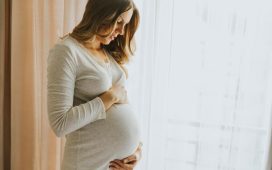Seventy percent of rabies infections acquired in the United States attributed to bats
WEDNESDAY, June 12, 2019 (HealthDay News) — Wildlife rabies, especially in bats, poses a risk to humans in the United States, and postexposure prophylaxis (PEP) is important for preventing death, according to research published in the June 12 early-release issue of the U.S. Centers for Disease Control and Prevention Morbidity and Mortality Weekly Report.
Emily G. Pieracci, D.V.M., from the CDC in Atlanta, and colleagues analyzed rabies trends in the United States during 1938 to 2018 using national surveillance data. The number of PEP visits per 100,000 persons was estimated using data from the Healthcare Cost and Utilization Project for 2006 to 2014. To estimate PEP costs, average sales price data from the Centers for Medicare & Medicaid Services were used.
The researchers identified 125 rabies cases reported in the United States from 1960 to 2018. Twenty-eight percent were due to dog bites during international travel. Seventy percent of the 89 infections acquired in the United States were due to bats. Approximately 55,000 people sought PEP following contact with a potentially rabid animal in 2018.
“Human rabies is 99 percent fatal,” the authors write. “However, it is 100 percent preventable through vaccinating pets against rabies, avoiding contact with wildlife and unknown animals, and seeking medical care as soon as possible after being bitten or scratched by an animal.”
Copyright © 2019 HealthDay. All rights reserved.








